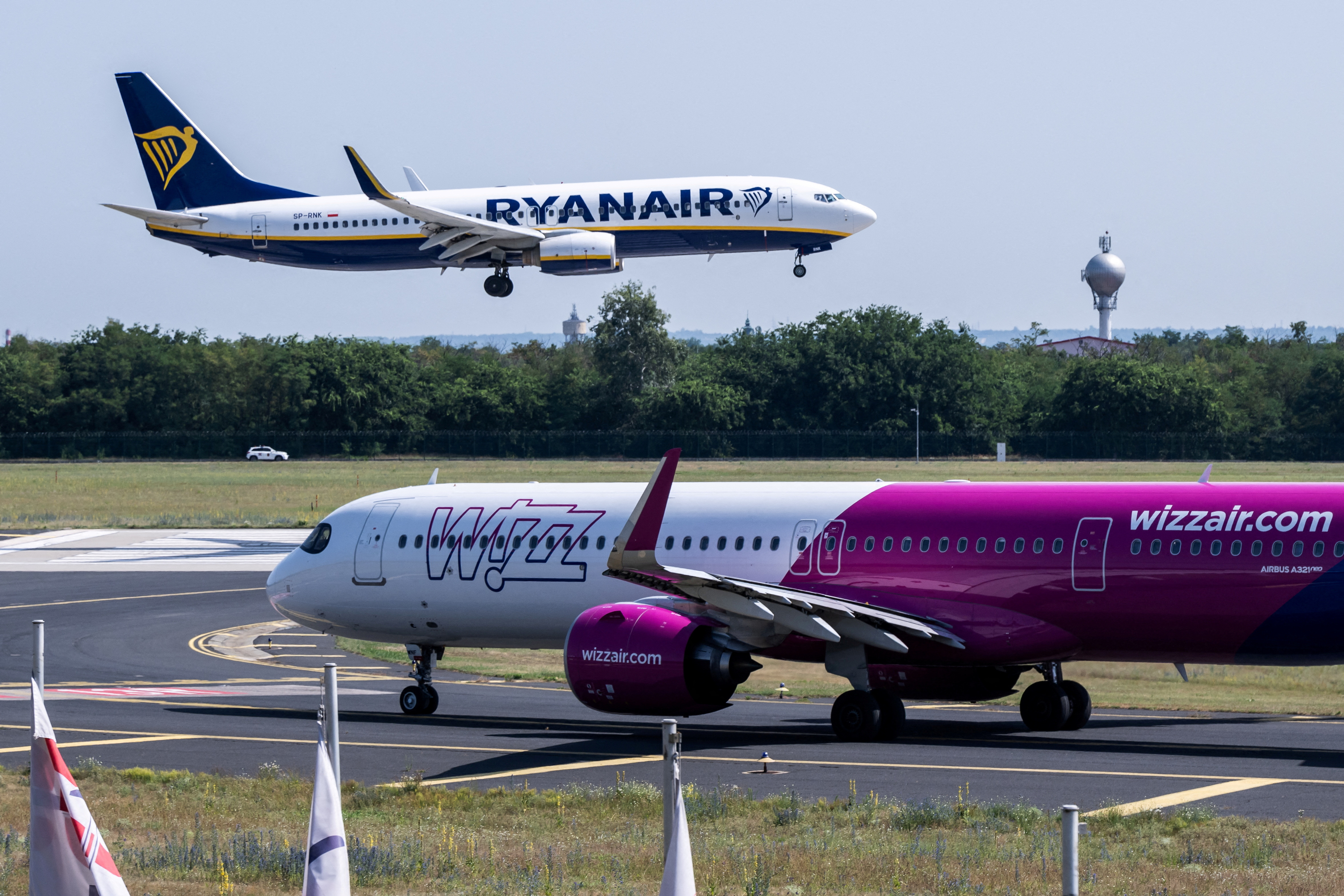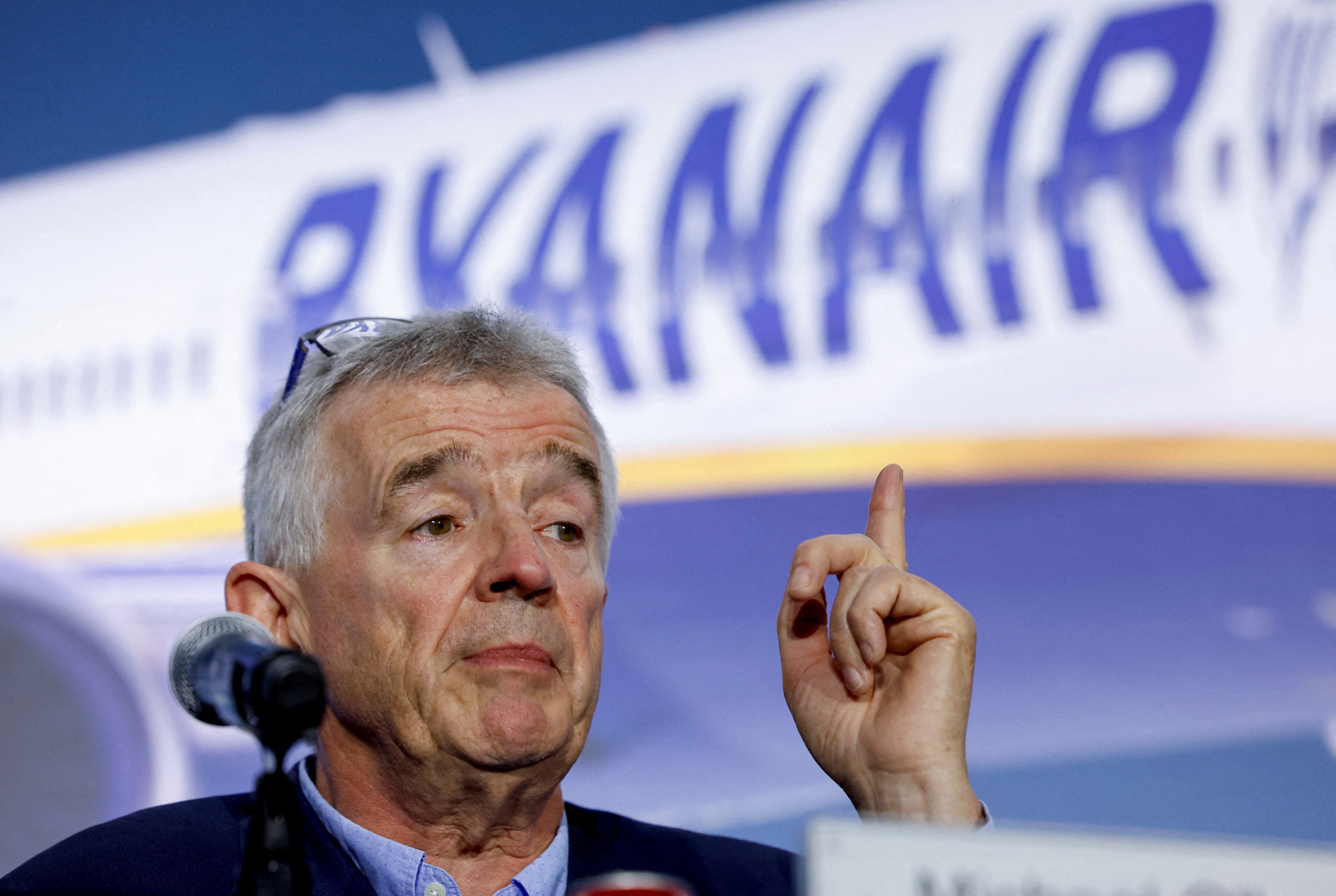How Low-Cost Airlines Are Innovating to Overcome Challenges
Subscription services, often linked with streaming platforms like Netflix, have made their way into the airline industry, with Wizz Air leading the charge. The low-cost airline recently introduced its All You Can Fly program, which quickly gained traction, selling out in under 24 hours. At an annual fee of £534, customers can enjoy unlimited flights across Wizz Air’s network, though each flight incurs an additional charge of £8.90, with extra fees for luggage beyond a basic personal item.
Despite a resurgence in travel demand post-pandemic, low-cost airlines are not resting on their laurels. They are continually adapting to market conditions, particularly as their stock values face pressure from various challenges.
Historically adaptable, low-cost carriers have successfully shifted business models to stay afloat, exemplified by Ryanair’s recovery from past downturns. Currently, four of the world’s top ten airlines are budget carriers—Southwest, Ryanair, IndiGo, and easyJet. Since the pandemic began, these airlines have expanded their global capacity by 13%, while traditional airlines are still working to reach pre-2019 levels. This growth is partly due to timely aircraft deliveries during the pandemic.
In the UK, however, low-cost carriers have seen their share prices drop this year as investors express concerns over manufacturing setbacks, fluctuating demand, and declining ticket prices. Ryanair’s shares have decreased by more than 15% since January, while American carrier Spirit Airlines has faced a staggering 85% drop due to financial struggles.
Many budget airlines are redefining their revenue streams by unbundling services like seat selection and carry-on luggage, now marketed as ancillary services. In some cases, the revenue generated from these add-ons per passenger exceeds the original fare, leading to a shift in focus from ‘yield per seat’ to ‘revenue per seat sold.’
Heather Figallo, chief transformation officer at Vueling, noted that this model ensures customers pay only for what they use, potentially benefiting cost-conscious travelers who prefer to pay more for additional services as needed.

In the U.S., airlines like Spirit and Frontier are shifting from traditional budget images by offering pre-flight drink orders to customers.
John Grant, chief analyst at OAG, remarked that airlines are increasingly becoming “shops with wings.” This trend has prompted several low-cost airlines to launch their holiday companies, raising competition against mainstream tour operators. Bundled services such as credit cards, mobile plans, and accommodations are becoming part of the offerings from airlines aiming to provide comprehensive travel solutions.
As the low-cost airline model continues to evolve, competition for consumer spending will intensify, resulting in inevitable fragmentation within the industry, according to Grant.
To stay relevant, airlines must adapt by expanding their route networks and destinations that appeal to their customers. Wizz Air is making inroads into new regions, recently announcing route expansions from London Gatwick to Jeddah, Saudi Arabia, and Milan to Abu Dhabi.
Michael Delehant, chief operations officer at Wizz Air, emphasized the goal of enhancing low-cost travel options in the Middle East, indicating strong early results in Abu Dhabi that highlight demand for further connectivity with the UK.
However, challenges remain as the industry navigates post-pandemic recovery and inflationary pressures, which may affect sustained profitability after two years of booming summers.
Daniel Bubb, an aviation specialist at the University of Nevada, pointed out that while people generally have a desire to travel, financial uncertainties could lead to postponed plans.
Recently, Ryanair reported an 18% decline in half-year profits, yet chief executive Micheal O’Leary remains optimistic about fare trends, believing price reductions are beginning to stabilize. Eyes are now on easyJet, which will announce its financial results for the 2024 fiscal year on November 27.

Analyst Alexander Paterson of Peel Hunt noted that Ryanair faced a slump in bookings following disputes with online travel agents, but has since renegotiated agreements to include its flights in package deals.
Manufacturing delays are another hurdle the industry must contend with. Michael Delehant stated, “The supply chain is where so much of our inflation is pushing through,” underscoring that their ability to maintain low fares is under threat amid manufacturing disruptions.
Last month, O’Leary expressed cautious optimism regarding the timely delivery of Ryanair’s Boeing 737 Max 10 orders, which have faced delays due to strikes and quality problems at Boeing.
Similarly, easyJet is grappling with potential capacity constraints due to manufacturing issues at Airbus, which could lead to further delays, according to Gerald Khoo, another broker analyst.
Despite the obstacles ahead, Paterson expressed a positive outlook for low-cost airlines, citing ongoing demand and potential advancements in efficiency as promising factors for the sector’s future.
As low-cost carriers navigate new challenges and innovate, they are not shedding their budget-friendly image but rather redefining what “low-cost” means as they compete with traditional airlines ensuring that every cost is considered.




Post Comment